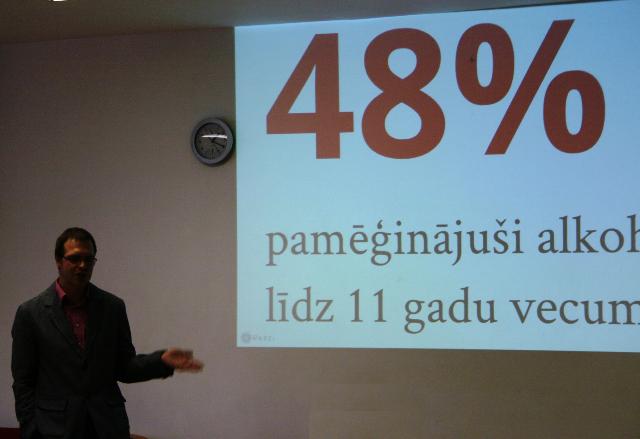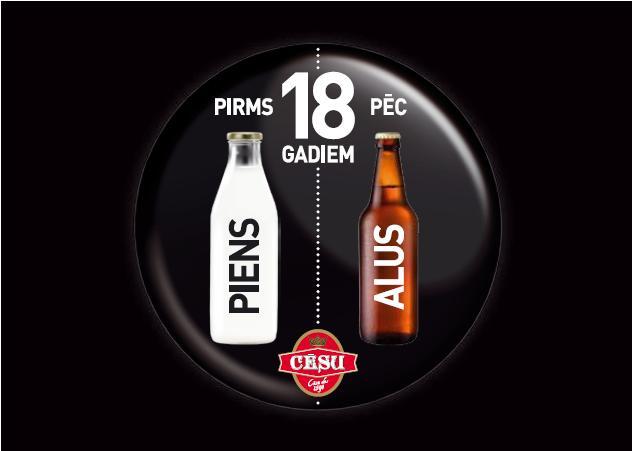Atsauce uz pētījumu:
"Experiments aimed.."
In one study in 30 human adults ( 13 females, 17 males), microscopic observations
were made of blood flow and the conditions of the small vessels in the
conjunctiva, and at the same time a blood sample was taken for determination
of blood ethyl alcohol concentration. Ethanol concentrations ranged from zero
to 328 mg/100 ml. With increasing concentrations of alcohol in the blood, the
size of aggregated or agglutinated blood cell masses increased, and the forward
rates of flow in small vessels decreased correspondingly. With the higher concentrations
of blood alcohol and the more severe reduction in forward flow rates,
the numbers of vessels in stasis, plugged, occluded, and with no flow increased
significantly. Plugged small vessels often ruptured. Within the extreme upper
concentration of ethanol (225 and 328 mg/100 ml blood), some small vessels
were ruptured, producing microscopic hemorrhages into the contiguous bulbar
conjunctival tissue."
In maximal good health, the blood of human beings as well as animals is completely
unaggl~tinated.
In a series of controlled experiments in animals, intravascular blood cell agglutination,
in the absence of ethanol, has been shown to initiate histopathologically
recognizable lesions in the nervous system, kidney, liver, and heart. Further, it
has been shown that intravascular agglutination in the absence of alcohol, if
sufficiently severe, can reduce the forward rates of flow of the blood in the brain,
decrease the concentration of oxygen available to nervous tissue, increase the
permeability of the blood-brain barrier, and cause sufficient damage to nervous
tissue to initiate deficits ranging from weakness and clumsiness to varying degrees
of temporary or protracted paralysis or convulsions, to periods of unconsciousness,
sometimes decerebrate rigidity, and even death. These experiments have
been reviewed in detai1.21a22 See also confirmatory evidences by Stalker24 and
by Bicher and colleague^.^^
1) "Alcohol, Sludge, and hypoxic Areas of Nervous System, Lever and Heart"
H.A.Moskow, R.C.Pennigton, M.H. Knisely March, 1968.
(Microvascular Research, 1, 174-185 (1968)).
2)EXPERIMENTS AIMED AT SEPARATING THE MECHANICAL
CIRCULATORY EFFECTS OF ETHANOL FROM SPECIFIC
CHEMICAL EFFECTS
An Introduction to a Biophysical Analysis of a Toxic State*
Raymond C. Pennington and Melvin H. Knisely
Department of Anatomy
Medical University of South Carolina
Charleston, Soirth Carolina 29401
http://www.arhiv.tvereza.info/books/Moskow-Pennington-Knisely.pdf




















